As Chondrocyte is the name of a cell that belongs to the cartilage tissue. It is also called cartilage cell.
What is a chondrocyte?
Chondrocytes are cells that arise from chondroblasts. You also will be Cartilage cells called and are located within the cartilage tissue. The chondrocytes, together with the intercellular substances, are one of the most important cartilage components. Although the chondrocyte is the only living part of cartilage, it only makes up about one percent of the cartilage tissue.
In cartilage growth, also known as chondrogenesis, a distinction is made between growth in thickness (appositional growth) and growth in length (interstitial growth). In interstitial growth, the cartilage emerges from mesenchyme. The mesenchymal cells differentiate into chondroblasts, which proliferate at high speed. Cartilage matrix is produced from the chondroblasts. As long as the matrix is still soft, the new chondroblasts can move away from each other. There are also further divisions. When the interstitial growth is complete, the resulting cartilage cells form isogenic groups, which means that they become chondrocytes that no longer have the ability to divide.
During appositional growth, the mesenchyme forms the perichondrium. This is the connective tissue of the cartilage. From the innermost layer, body cells differentiate into chondroblasts. It creates a matrix so that appositional growth occurs.
Anatomy & structure
The chondrocytes are round cells with finger-like appendages. In contrast to other cells in the body, the chondrocyte has no communication skills. Since the chondrocytes are involved in the production of the cartilage, the connective tissue and the extracellular matrix, they have a larger number of rough endoplasmic reticulum, which is used for the synthesis of proteins.
Within the cartilage, the chondrocytes are usually individually located in cartilage cavities. These are differentiated from the collagen fibers, special proteins, in the area. The collagen fibers combine several chondrocyte cartilage cavities to form chondrons, which represent a higher unit. The attachment of the cell structures to the cartilage skin takes place through fibers that are located between the chondrons. The synovial fluid (synovia) is responsible for supplying the chondrocytes with important nutrients. It is possible to both cultivate and isolate the chondrocytes. In order to regenerate cartilage, appropriate cultures can be fixed on a special carrier material.
In the case of cartilage, a distinction must be made between hyaline cartilage, elastic cartilage and fiber cartilage. Joint cartilage, costal cartilage, nasal cartilage and tracheal cartilage are referred to as hyaline cartilage. The chondrocytes of this type of cartilage, which is most common, are elliptical in shape.Elastic cartilage such as larynx cartilage or ear cartilage is rarely found. The elastic chondrocytes are located in it either individually or in groups. Fiber cartilage is located in joint cartilage such as the temporomandibular joint. The chondrocytes show less elasticity and organize themselves in small groups. In most cases, however, they can be found individually within the matrix.
Function & tasks
The main tasks of the chondrocytes are the production of cartilage. They form the basic substance of the cartilage, the extracellular matrix. As part of human growth, they have the ability to divide cells, which is why they play their part in cartilage growth.
Due to the ability to divide, they are also able to restore minor cartilage damage. However, once growth is complete, the chondrocytes lose their ability to divide again. After that, their function consists only of the formation of basic cartilage substance. They can then no longer perform repairs to the cartilage.
Together with the reticular cells, osteocytes and fibrocytes, the chondrocytes belong to the fixed connective tissue cells. Their most important functions are mechanical stability and secretion. The synthesis of RNA, DNA and protein takes place within the chondrocytes. In addition, the stimulation of amino acids and cell proliferation take place.
An increase in the activity of the chondrocytes is achieved by the hormones testosterone and thyroxine. It is inhibited by estradiol, cortisone and hydrocortisone such as cortisol.
Diseases
A disease of the chondrocytes that occurs frequently is osteoarthritis. This causes damage to the cartilage tissue. Osteoarthritis is a wear and tear on the joints that is not only caused by age. The affected people suffer from degenerative and inflammatory damage to the joints, which in turn can result in considerable pain. The extracellular matrix proteins within the cartilage are broken down by proteases in osteoarthritis. How this happens has not yet been determined.
In order to successfully treat osteoarthritis, chondrocytes are transplanted into the patient. The attending physician removes chondrocytes from the disease area as part of an arthroscopy. These can be propagated in a laboratory over a period of 2 to 3 weeks. After this time has elapsed, the chondrocytes can be reinserted into the defective cartilage region. If the integration of the chondrocytes succeeds, this ultimately leads to better freedom of movement. Since the implanted cartilage cells come from the patient's body, the risk of rejection is very low.
Achondroplasia is another disorder that affects the chondrocytes. This is a mutation that occurs as the skeletal system grows. It leads to dwarfism, which is accompanied by the shortening of the limbs and an unusually long trunk. Because the cartilage cell receptor of the fibroblast growth factor is only insufficiently expressed, the proliferation of chondrocytes within the growth plate is disrupted.

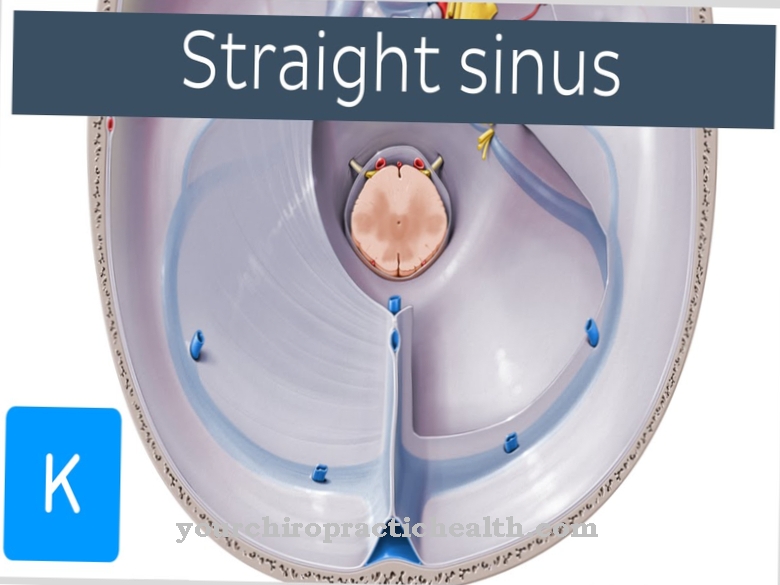
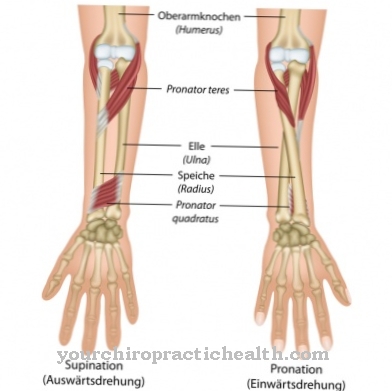
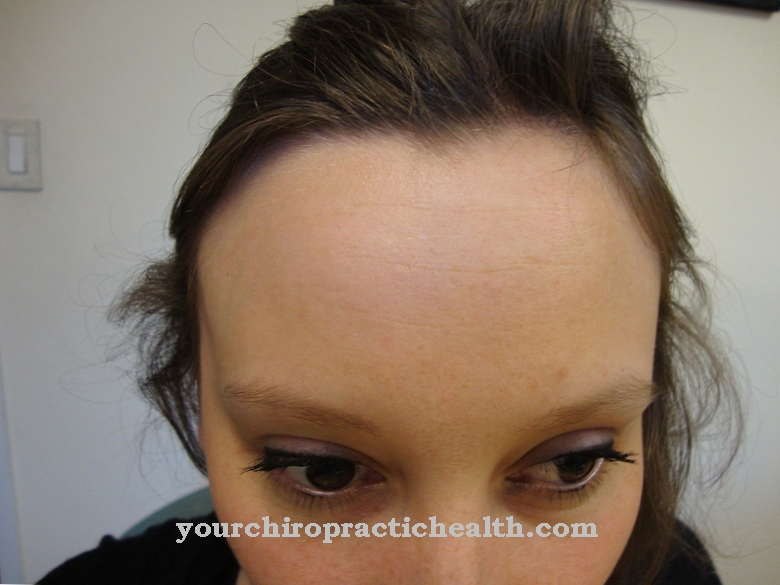

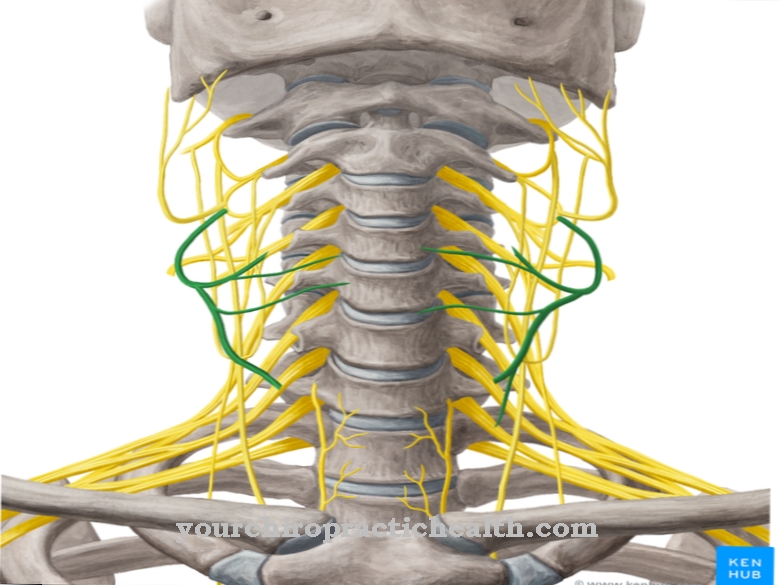
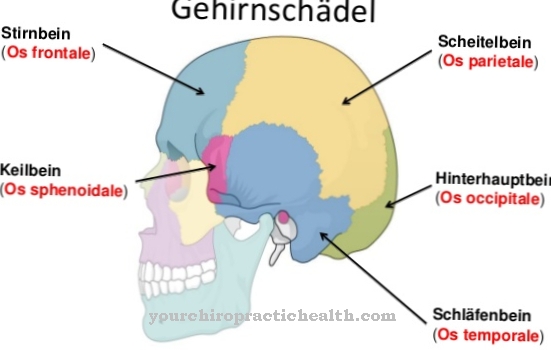


















.jpg)

.jpg)
